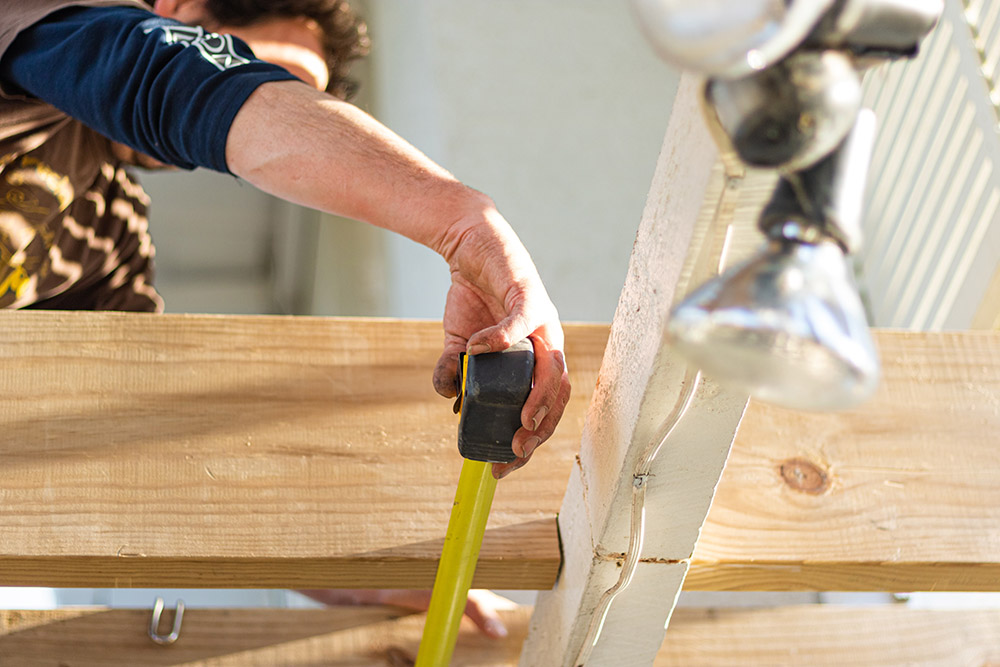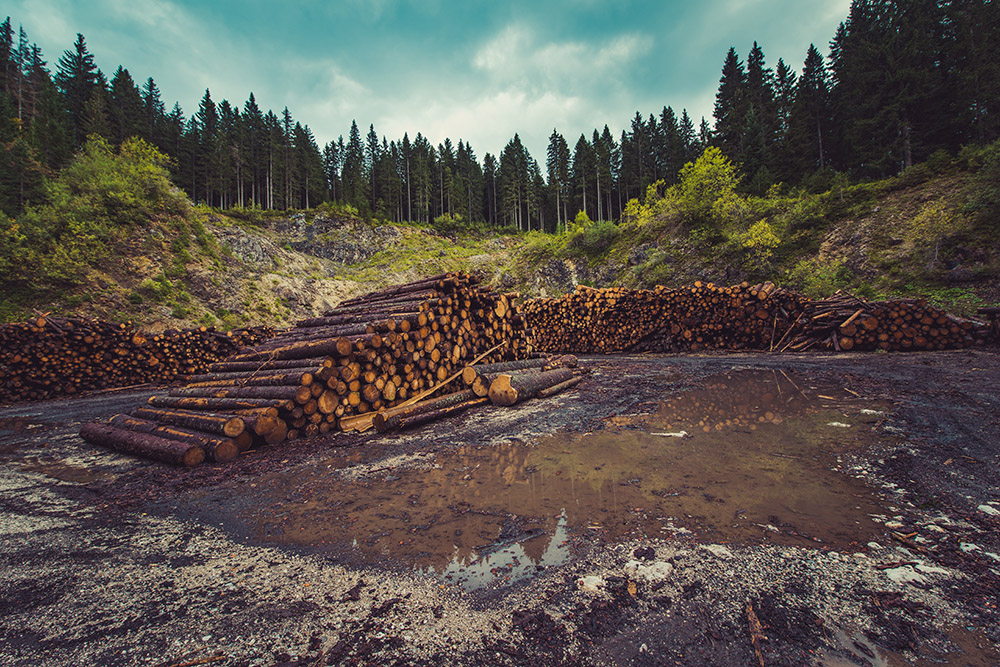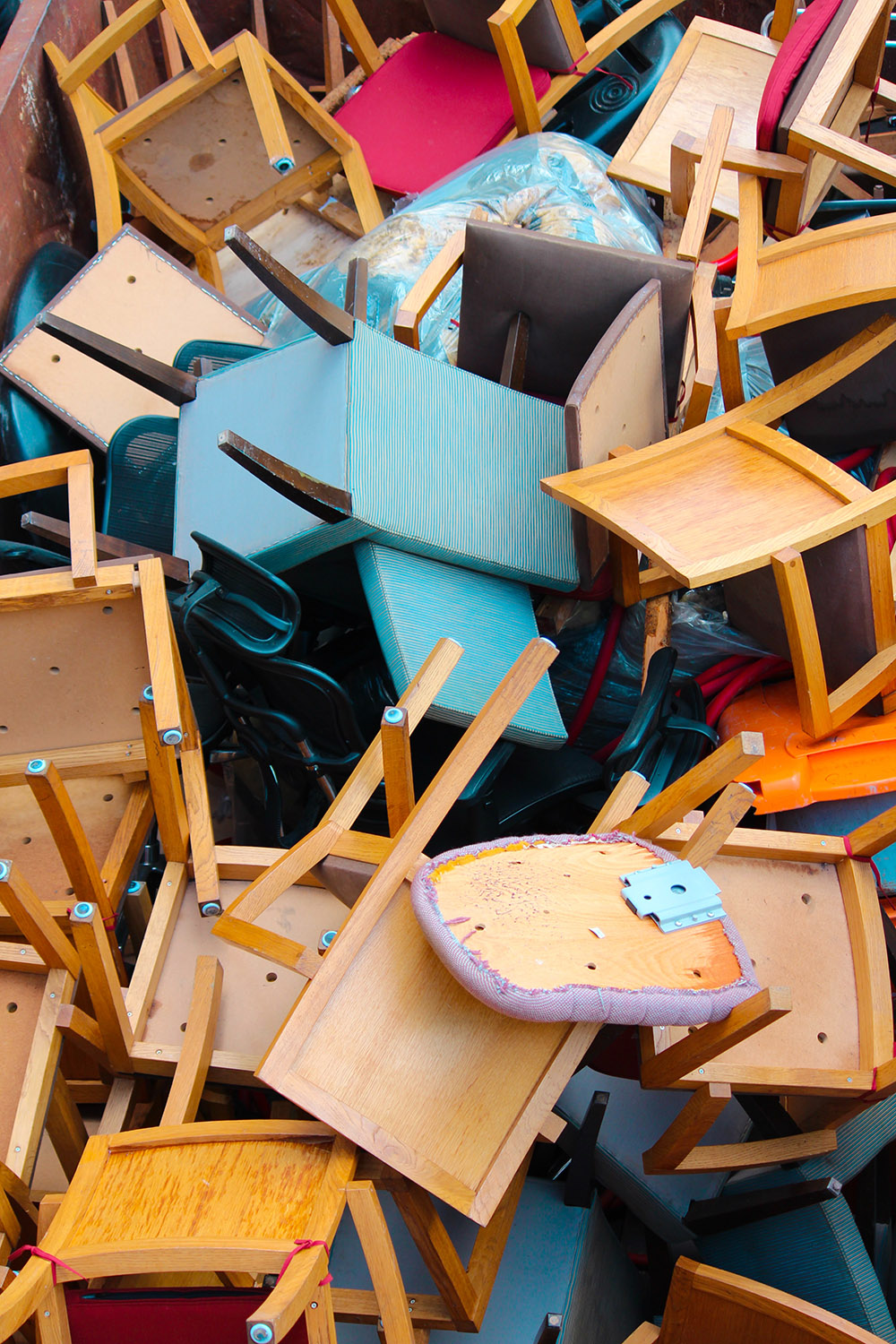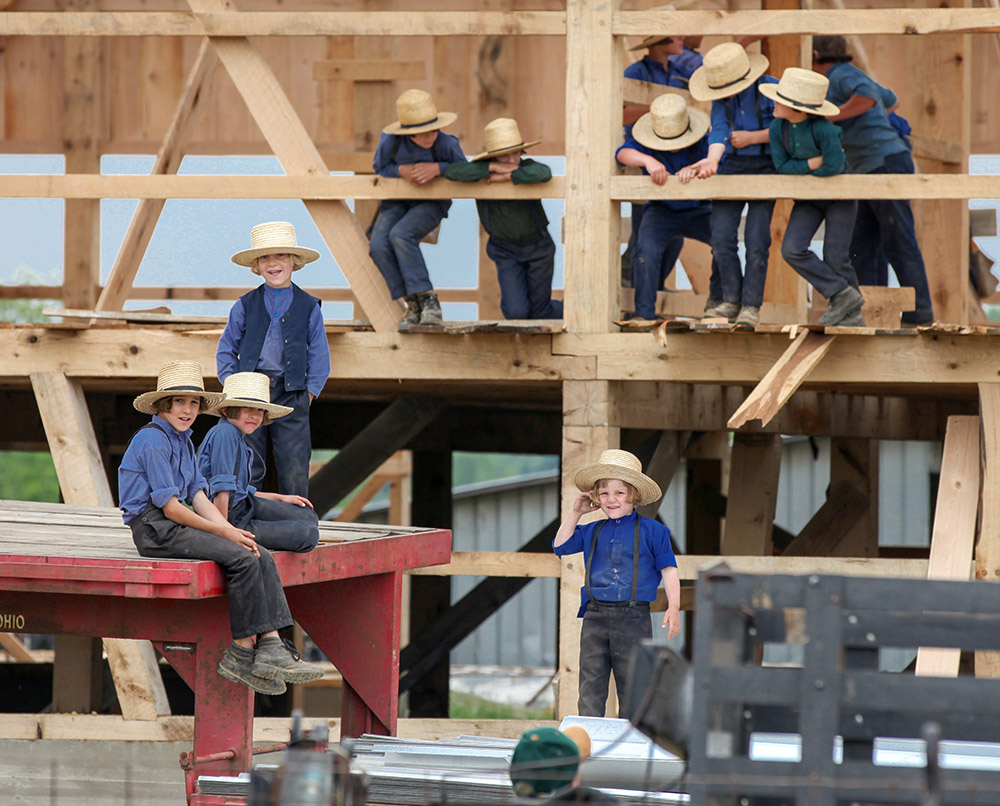In many respects, Italy suffers from a marked inability to recognise and develop its strengths. It is therefore not surprising that there is insufficient consideration for a raw material that is of strategic importance for our future: wood.
There are at least three ways in which we need to think more carefully about this precious resource.
The first concerns local supply chains – not only a reservoir of labour in areas most exposed to depopulation, but also of valuable know-how, and a bastion of effective land management.
The second opens up to a reality that VAIA knows just as well: forests. Our peninsula is covered by 38% of woodland, compared to a European average of 33%. Despite this, 80% of the wood used in national production processes is imported, and this has an impact on tropical forests. Because of their ability to capture carbon dioxide, forests also play a key role in climate change mitigation and decarbonisation policies. The European Union for example is looking to plant 3 billion trees by 2030.

The supply chain, beyond the furniture industry
Sustainable resource par excellence, wood is also a vital element in the circular transformation of key sectors of the economy, by reducing energy use, waste, and the extraction of non-renewable materials.
Originating from felled trees in the Alps, the VAIA Cube embodies all the stages of the wood supply chain, starting from the sawmill. The bulk of the Italian supply chain, however, focuses on production phases that start from imported raw and semi-finished wood: it is no coincidence that in recent years we have observed a steady decline in the number of companies and workers in the primary processing sector. The focus on exports and secondary processing is evidenced by the Italian trade balance, which is positive by more than $10 billion – better than us do only China and Poland.

The brand of Italian design is inextricably linked to the furniture sector – think of Milan’s Salone del Mobile, and of countless pioneering businesses such as Cassina, Molteni or Natuzzi. The wood furnishing industry sees Italy host the largest number of companies at the European level: according to estimates reported by the Symbola Foundation, it employs 363,000 people in 65,600 companies, with total production values of 27 billion euros and exports accounting for 49% of revenues.
This excellence has a strongly territorial connotation: Veneto and Lombardy stand out among the three main furniture-producing regions of the European Union, while the top 15 also include Marche, Friuli Venezia Giulia, and Tuscany.
The wood supply chain though is much more than furniture: it includes the green building sector, and lesser-known sectors of the bioeconomy, such as wood chemistry, bioplastics, biopharmaceuticals and textiles.
The Italian Society of Silviculture and Forest Ecology (Sisef) has recently published a decalogue for reactivating the national wood industry. There we find an emphasis on high value-added industries of the bioeconomy, as well as on “improving the quality of forests for greater production of high quality timber”. Incidentally, it is on this second point that Italy has significant room for manoeuvre.
Rooting for decarbonisation
If wood is such a functional material, isn’t there a risk of overexploiting forests? Some countries could face similar issues, but not Italy, which has an above-average forest area, with wood cutting rates around 30% of annual growth (less than half the EU average). The Italian Ministry of Environment estimates that the share could be increased to 40-45%; together with the improvement of the management of existing forests, the increase could stop imports of raw timber and give new impetus to local supply chains of first processing, thus stimulating the Made in Italy wood industry.

Increased logging cannot be separated from sustainable forest management. Although Italy ranks second in the world for the number of FSC certifications, the area of certified forests has been at a standstill for a few years now at 9%. The expertise of forestry specialists, who imitate and anticipate Nature by renewing the forest through targeted cuts and planning, must intervene.
Forests are a pillar of decarbonisation strategies. Italian forests remove around 46 million tonnes of carbon dioxide each year, just over 10% of total national emissions (2018). Of the new 3 billion seedlings foreseen by the EU Biodiversity Strategy 2030, 200 million have been allocated to Italy.
Once again, the Sisef 2021 decalogue provides valuable indications in this regard: using local wood is an important first step towards climate mitigation, directing it to uses that maximise CO2 sequestration, such as construction.

A sharp turnaround is required to reduce employing reusable wood as a combustion material. Today, around 80 per cent of all Italian logging is to this end – a trend on the rise, “a sign of de-specialisation in timber production towards lower value-added products”, according to professor Pettenella from University of Padua. The comprehensive climate impact of biomass is still a matter of scientific debate.
The potential of the circular process
Wood is undoubtedly one of the most sustainable materials around – once disposed of, it simply releases the accumulated carbon slowly back into the environment. The wood recycling industry is thriving, and it contributes to extending the life cycle of this valuable resource. The national player is the consortium Rilegno, which has been collecting and recycling wood packaging since 1997. Italy has created an integrated system by legislative action, achieving the European supremacy for recycled chipboard panels (93%). Thanks to the consortium, more than 2 million tonnes of material are returned to the production cycle, thus making up for the shortage of raw materials. The Italian production chain also stands out for its energy efficiency, as it uses 30 tonnes of oil equivalent (toe) per million euros produced, compared to 68 for the EU average.

However, the real impetus for the circular transition must come from innovation in yet unexplored fields, and it is here that wood offers the most interesting developments. In addition to the revolution in the textile sector with cellulose and viscose fibres, green chemistry and biorefinery operations are of particular interest, to transform wood extracts into insulating foams, aerogels, bio-paint and bio-plastics. At the heart of these products, most of which are still at an experimental stage, is tannin, a plant extract that has been used for some time in tanning and pharmaceuticals. The case of bio-paint, on the other hand, is a true example of circular economy, since it should be produced from industrial waste such as sawdust.
Youth and the making of what lies ahead
After the VAIA storm hit, rebirth is happening through a renewed use of timber – not only with the VAIA Cube, but thanks also to many other initiatives involving the likes of IKEA and SlowFood.

There is still much to be done to put wood, a strategic resource for the future, back at the centre. We have chosen to focus on the younger generations, launching a challenge to secondary school students in collaboration with the Italian Forestry Association: what paths can we follow to enhance the value of wood, given its fundamental importance for the environment and the economy? This will be the question that will guide the creativity of students at the Cosmopolites hackathon, a national initiative to explore bold civic goals. They will amaze us, we are certain.
